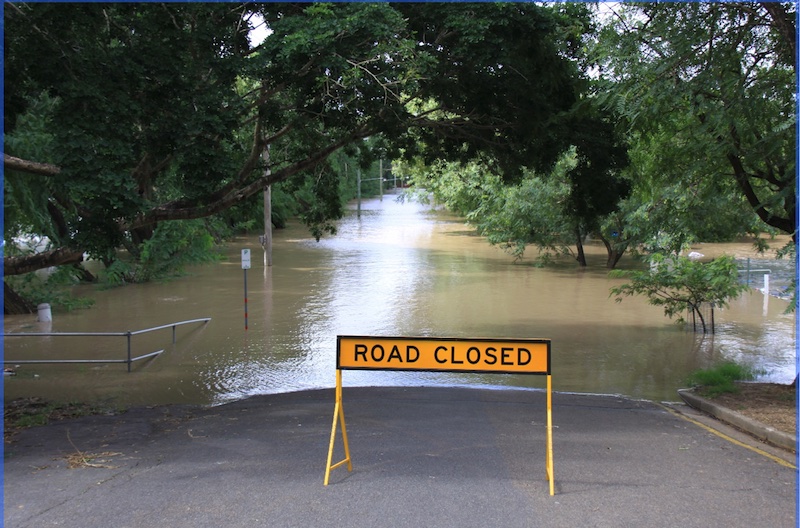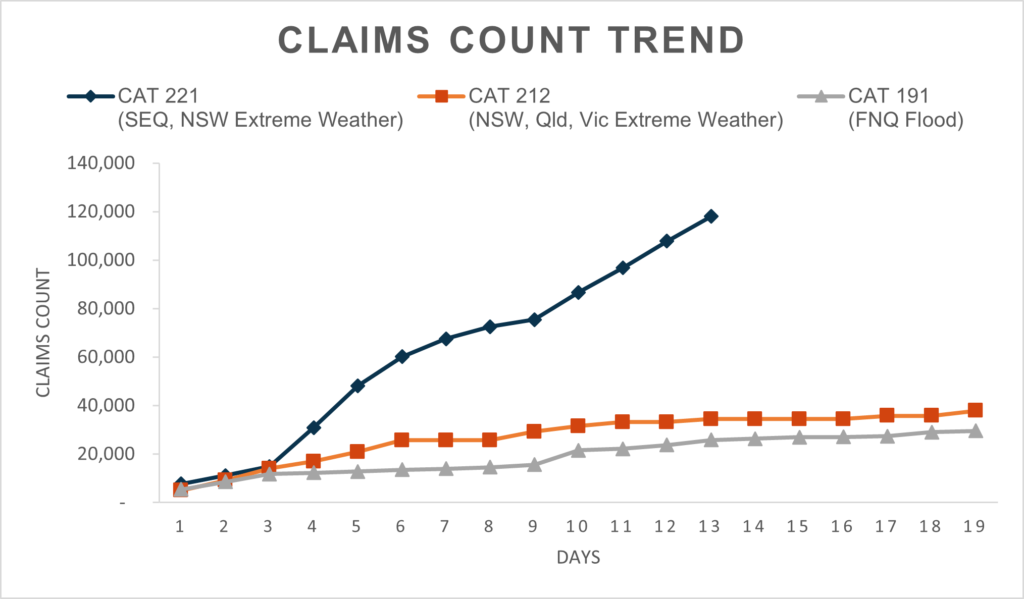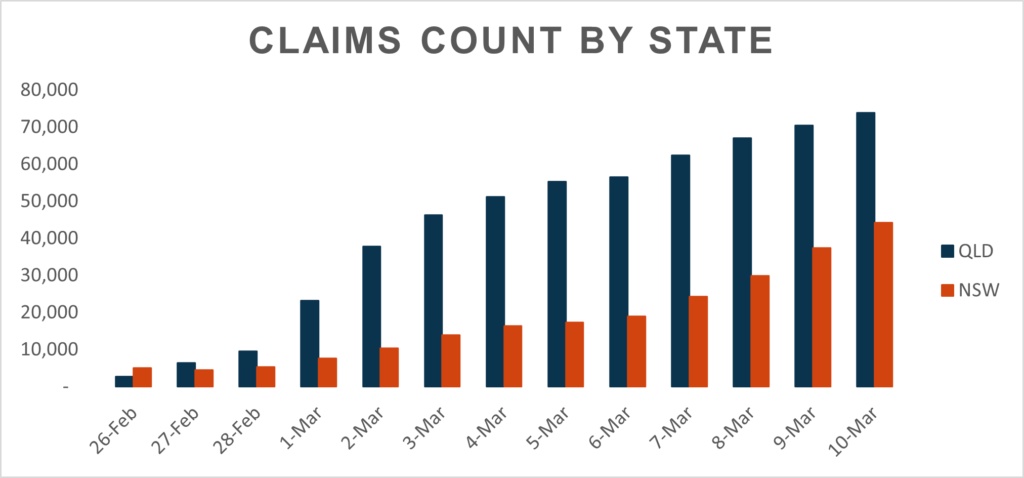Home Disaster & catastrophes Page 14
New survey shows community backs resilience investment

News release
Monday, 21 March 2022
Two thirds of those living in communities impacted by the recent floods do not believe governments are investing enough to protect homes and communities from extreme weather events, a new survey undertaken for the Insurance Council of Australia (ICA) has found.
More than 90 per cent of those who want more invested think government spending in measures to better protect against extreme weather should at least double, with 57 per cent saying whatever is required should be spent.
The survey of more than 1,000 people from three flood-impacted regions in SE Queensland and New South Wales found that 51 per cent believe state and Federal governments have equal responsibility for this area, 22 per cent say state governments, and 11 per cent say the Federal Government.
An overwhelming 94 per cent of people surveyed say there should be better controls on where homes are built so they are not at risk of flood.
Flood-impacted communities have a strong understanding of what is driving insurance affordability and availability constraints, with 47 per cent saying the reason flood cover can be difficult or expensive to obtain is the risk of flood and 11 per cent citing climate change, with just one in five saying this is driven by insurer profits.
Alarmingly, 37 per cent of those surveyed say they don’t have enough insurance to rebuild if required.
Last month the ICA released its election platform, Building a More Resilient Australia, which called for a range of measures to better protect households and communities from the impacts of extreme weather and put downward pressure on premiums, including:
- A doubling of Federal funding to $200 million a year over five years for household retrofits and community protection projects, matched by the states and territories, to fund measures including:
- $522 million for local projects such as flood levees to defend regional towns
- $413 million to better protect homes against flood by raising utilities and services above the expected floodline
- $37 million for an improved national flood early warning system, estimated to increase the lead time for flood warnings from 3-5 to 10-15 days
- Better land use planning so no more homes are built in harms’ way
- Update the national building code to include building resilience as a standard
- Remove state taxes and charges on insurance, which numerous inquiries have found to discourage adequate cover by driving up the cost of premiums.
Comment attributable to Andrew Hall, CEO Insurance Council of Australia:
The Insurance Council has long called for greater investment in measures that better protect homes and communities from the impact of extreme weather.
This most recent flood has unfortunately brought this issue into sharp relief, and now those directly impacted have added their voices to this call.
With two thirds of those impacted by the most recent devastating floods calling for funding to be significantly increased, it’s way past time for governments to act.
Impacted communities clearly want state and federal governments to work together to solve this issue and see both levels of government equally responsible.
The community also clearly understands the folly of allowing development to take place on floodplains.
Insurers have a ready-made plan for investment in projects that will better protect extreme weather-exposed communities.
We’re also ready to start work with governments to review land use planning, improving building standards, and removing state taxes on insurance products.
-------------
About the survey: This quantitative research study was sampled using Kantar Profile’s Lifepoints network, on behalf of the Insurance Council of Australia from Friday, March 11 to Monday, March 14, 2022. More than 1,000 people of all age groups were surveyed across flood-impacted regions including the Northern Rivers and Western Sydney in NSW and Greater Brisbane in Queensland. Respondent data was subject to standard data quality and engagement checks, including digital fingerprinting to ensure unique respondents only.





